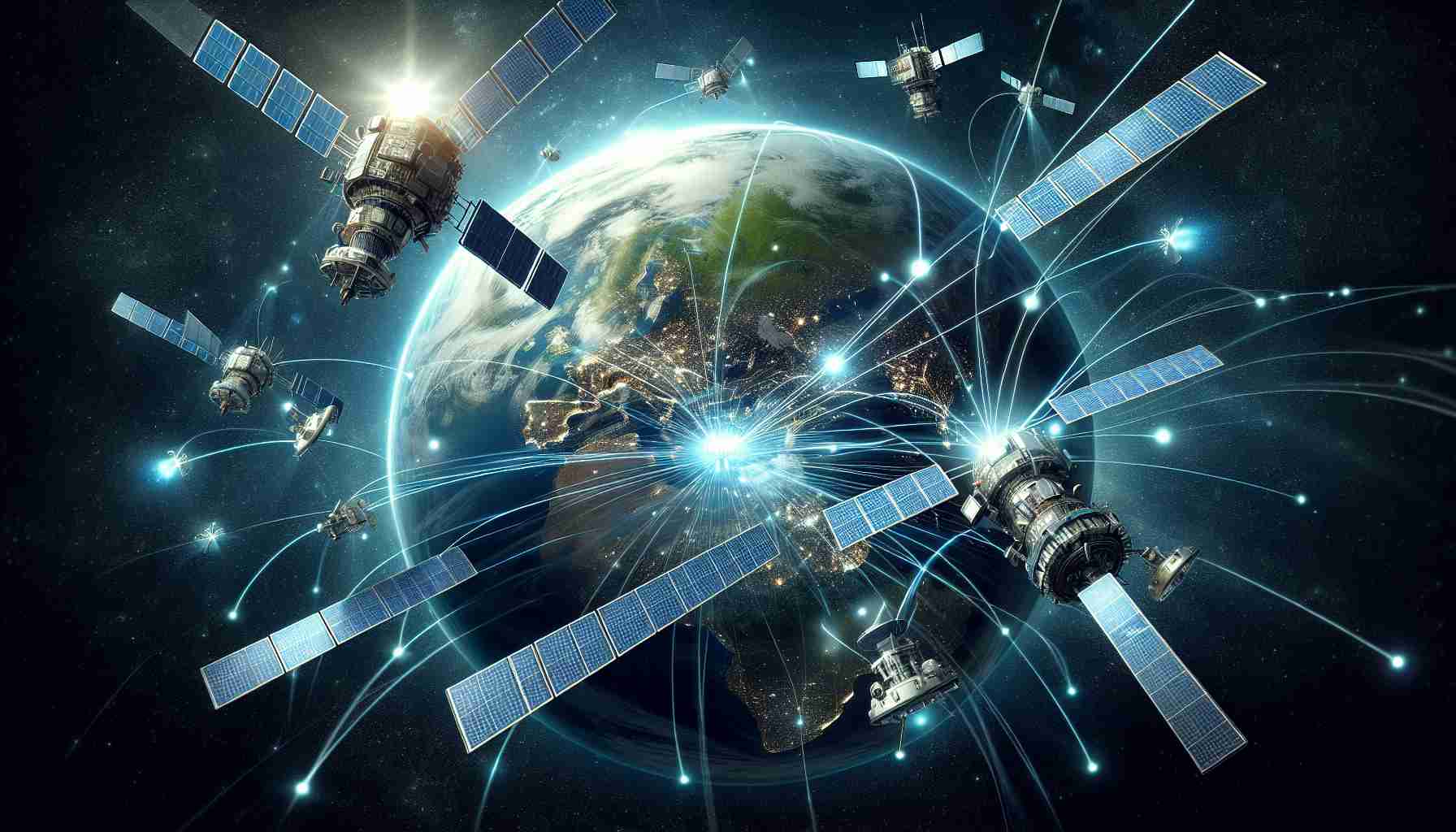Mobile direct connection technology is propelling the satellite communication industry into a new era of innovation and opportunity. By seamlessly integrating mobile devices with satellite networks, the landscape of satellite internet services is undergoing a significant transformation.
Enhancing User Experience
Gone are the days of traditional satellite communication challenges such as limited portability and usability. With mobile direct connection to satellites, these pain points are effectively addressed, opening up new possibilities for satellite internet applications. The global mobile terminal subscription is projected to reach 5.6 billion by 2023, solidifying mobile direct connection as a core application scenario for satellite internet.
Fast-tracking Industrialization
The rapid advancement of mobile direct connection to satellites is in perfect alignment with the evolving trend of satellite-ground integration. Various technological pathways, including dual-mode terminal optimization, legacy terminal services, and deep integration based on standard protocols, are driving the industrialization process. Companies like Huawei and SpaceX are at the forefront, showcasing the widespread adoption of dual-mode terminals and the successful testing of direct satellite connections on existing terminals.
Redefining Communication Systems
The implementation of mobile direct connection technology is reshaping the satellite-ground communication ecosystem and bringing substantial benefits to satellite payloads and communication modules. With advancements in miniaturized satellite modules, enhanced antenna capabilities, and the potential for significant capital expenditure in the satellite network infrastructure, the future of satellite communication holds promising prospects for stakeholders.
In conclusion, the rise of mobile direct connection technology is revolutionizing the satellite communication sector, offering enhanced user experiences, accelerated industrialization, and the redefinition of communication systems on a global scale.
Exploring New Frontiers in Satellite Communication Technologies
The future of mobile direct connection in satellite communication is not just a distant concept, but a rapidly evolving field with groundbreaking developments on the horizon. As we delve deeper into this revolutionary technology, several key questions arise that shed light on the challenges and controversies associated with its implementation.
1. How Secure is Mobile Direct Connection?
One of the primary concerns surrounding mobile direct connection technology is its security. While the convenience of direct satellite connections is undeniable, ensuring robust encryption and data protection mechanisms is crucial to prevent unauthorized access and data breaches. Stakeholders in the satellite communication industry must prioritize security protocols to build trust and confidence among users.
2. What are the Regulatory Implications of Mobile Direct Connection?
The integration of mobile devices with satellite networks raises important regulatory considerations. From spectrum allocation to cross-border data transfers, navigating the complex regulatory landscape is essential for seamless deployment and operation of mobile direct connection services. Collaborative efforts between industry players and regulatory bodies are paramount to address compliance issues and promote sustainable growth.
3. How Will Latency Impact User Experience?
Despite the advancements in mobile direct connection technology, latency remains a significant challenge. The distance signals travel between satellites and ground terminals can introduce delays in data transmission, affecting real-time applications such as video conferencing and online gaming. Innovations in satellite orbit configurations and signal processing techniques are key to minimizing latency and enhancing user experience.
Advantages and Disadvantages
Advantages:
– Enhanced Mobility: Mobile direct connection enables seamless connectivity on the go, empowering users to access satellite services anytime, anywhere.
– Improved Reliability: Direct satellite connections offer robust signal coverage and stability, overcoming traditional communication limitations in remote or disaster-prone areas.
– Increased Bandwidth: By leveraging direct links to satellites, users can enjoy higher bandwidth capacities for data-intensive applications and multimedia streaming.
Disadvantages:
– Cost Considerations: The initial investment and operational expenses associated with mobile direct connection technologies can be prohibitive for some users and service providers.
– Technical Complexity: Implementing direct satellite connections requires specialized equipment and expertise, potentially posing challenges in deployment and maintenance.
– Environmental Impact: Satellite networks supporting mobile direct connection may contribute to electronic waste and energy consumption, warranting sustainable practices for long-term environmental sustainability.
In summary, the future of mobile direct connection in satellite communication holds immense promise, but it also presents complex challenges that necessitate innovative solutions and collaborative efforts across the industry. By addressing security concerns, regulatory frameworks, and latency issues, stakeholders can unlock the full potential of this transformative technology for a connected and resilient future.
Explore more about the evolving landscape of satellite communication technologies at satellitecommunication.com.
